The views expressed in our content reflect individual perspectives and do not represent the authoritative views of the Baha'i Faith.
In just about every culture’s mythology, the early stages of the hero’s journey call for a passage into the dark unknown—where the hero faces a struggle with the self.
You’ve seen it in books, in movies, in plays. It’s a staple plot element in Shakespeare, in opera, in folk tales and legends. No superhero story or science fiction epic could exist without it.
We relate to that plotline because we all face the same passage and the same battle. Each and every one of us has to face this essential human test—the struggle with the ego. That’s what life calls upon us to do, if we want to walk a spiritual path. After getting to know and understand the inner self, each of us has to fight that exact same fight, battling past the limitations of our own egos and attempting to transcend the self.
In every great spiritual tradition, the first valley or stage of spiritual growth and development always begins with knowing and accepting the self—but the next valleys ask us to cross an important threshold and transcend that self.
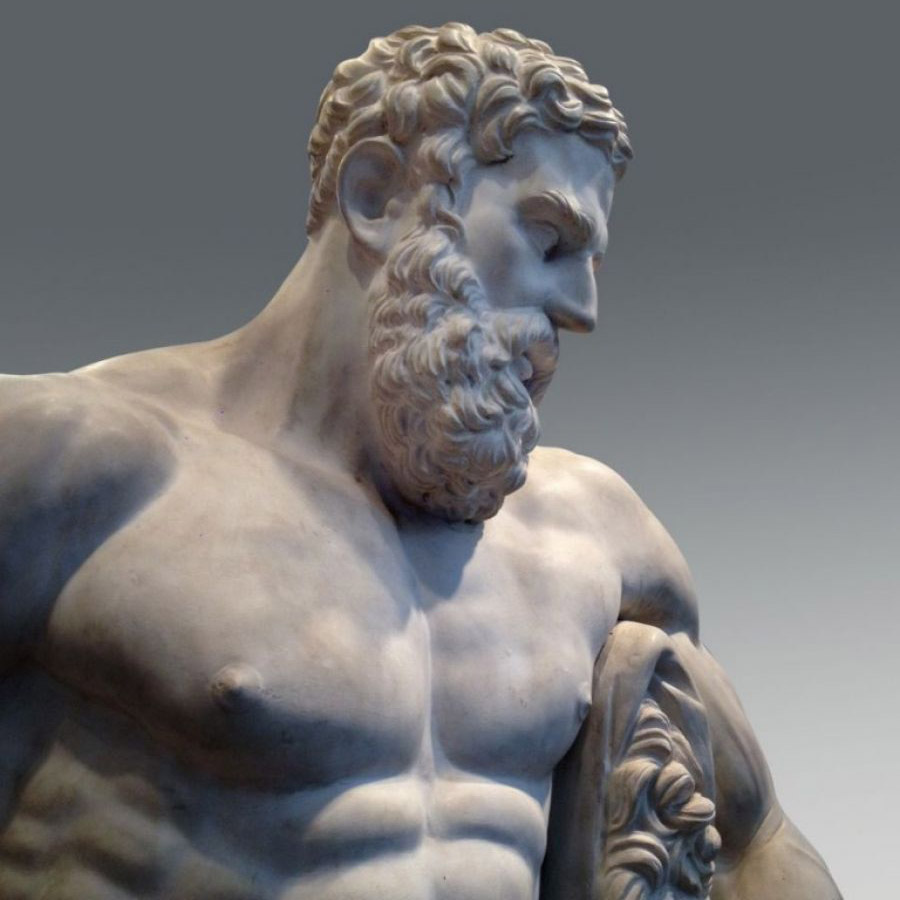
Statue of Hercules
That’s why the myths and traditions of ancient and indigenous cultures depict this universal battle with the self as a lonely enterprise. When you face your own ego, it’s just you versus you, your lower nature at odds with your higher instincts. Whether it involves being sealed in a floating coffin, falling into a deep pit, becoming lost in a dark forest, or being swallowed into the belly of a whale, an elephant, a dragon or a monster, all of those images symbolize the inner self, the realization that it ultimately limits our growth, and the loss of its overriding importance in the face of change.
What do we learn from that inner struggle? Well, experiencing the gloom inside the belly of the whale or the sealed coffin or a passage through our own private darkness accomplishes two things: it isolates the self from every outside force, making for a time of aloneness, solitude, and reflection; and it reveals the self as a virtual cage.
All of these universal symbols stand for the self as our ultimate jail—which stifles our spiritual and psychological development, even as it once facilitated and focused our growth. The cage of the self can shut off our connection with others and with the outside world, ultimately inhibiting the free flight of the spirit.
Yes, it’s a paradox! In the first valley of spiritual search, the seeker’s map discovers and develops the inner self—and yet, once we’ve come to know that self, it hinders the way to the next valleys. Joseph Campbell said “When we quit thinking primarily about ourselves and our own self-preservation, we undergo a truly heroic transformation of consciousness.” Eventually, each of us fights battles with that insistent self, the childish ego that insists on its own importance over the importance of other souls.
So when this critical stage of spiritual development arrives, the seeker’s path becomes a trail into the uncharted wilderness beyond the known inner landscape.
If you study the history of the founders and prophets of the great religious traditions, you’ll soon see that each one went through such a sojourn. Some ventured alone into the desert or the mountains, while some went on this spiritual journey while imprisoned in solitary cells. They used those moments to transcend their own individual concerns and dedicate their lives to the concerns of humanity as a whole. On those inward and outward journeys they went beyond selfhood, transcending the condition of an individual being to become a universal being.
We know that Moses strode alone into the Sinai; that Buddha wandered in the wilderness of India; that Christ journeyed by himself to the desert of Judaea; that Muhammad hiked the solitary hills of Arabia; and that Baha’u’llah spent two years on the stony slopes of remote mountains in Kurdistan, after four months in Persia’s worst dungeon. Beyond the real human suffering of such journeys, they all have another inner meaning–they symbolize the spiritual necessity of shedding the self.
The renowned scholar of myth, Joseph Campbell, called this retreat to the wilderness the first step in the renovation of the individual and the world:
The passage of the threshold is a form of self-annihilation. But here, instead of passing outward, beyond the confines of the physical world, the hero goes inward, to be born again. The disappearance corresponds to the passing of a worshiper into a temple—where he is to be quickened by the recollection of who and what he is, namely dust and ashes unless immortal. The temple interior, the belly of the whale, and the heavenly land beyond, above, and below the confines of the world, are one and the same. Allegorically, then, the passage into a temple and the hero-dive through the jaws of the whale are identical adventures, both denoting, in picture language, the life-centering, life-renewing act. – Hero with a Thousand Faces, p. 92.
We each have a destiny, to become “…dust and ashes unless immortal,” Campbell says, and that stark realization impels us to grow spiritually. In The Four Valleys, Baha’u’llah cites the Qur’an (21:27) when he describes this process of transcending the self as a key that opens the door of spiritual growth:
On this plane, neither the reign of reason is sufficient nor the authority of self. Hence, one of the Prophets of God hath asked: “O my Lord, how shall we reach unto Thee?” And the answer came, “Leave thyself behind, and then approach Me.” – p. 55.
That advice—to approach the mystical you must transcend your self—comes from the wisdom traditions of every spiritual path:
What is the way of the Buddha? It is to study the self. What is the study of the self? It is to forget oneself. To forget oneself is to be enlightened by everything in the world. – Dogen
No existence can be validly fulfilled if it is limited to itself. – Simone de Beauvoir
The urge to transcend self-conscious selfhood is a principal appetite of the soul. – Aldous Huxley
The true value of a human being is determined primarily by the measure and sense in which he has attained liberation from the self. – Albert Einstein
When we quit thinking primarily about ourselves and our own self-preservation, we undergo a truly heroic transformation of consciousness. – Joseph Campbell
Whosoever is occupied with himself is wandering in the desert of heedlessness and regret. The ’Master Key’ to self-mastery is self-forgetting. The road to the palace of life is through the path of renunciation. – Abdu’l-Baha, Baha’i Scriptures, p. 548.


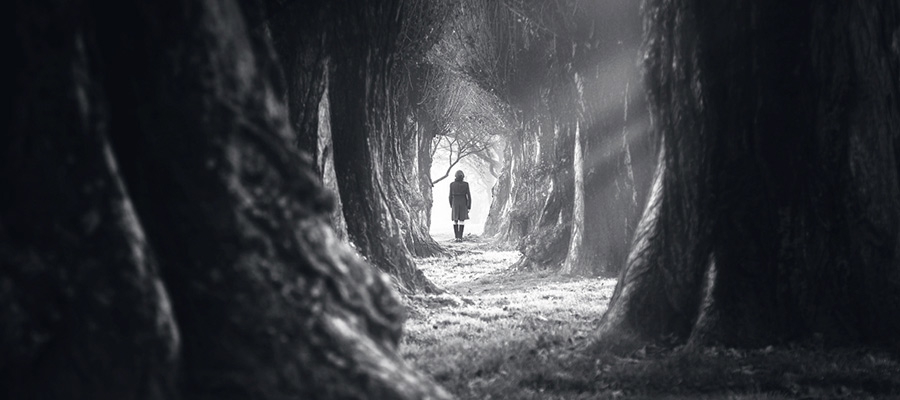




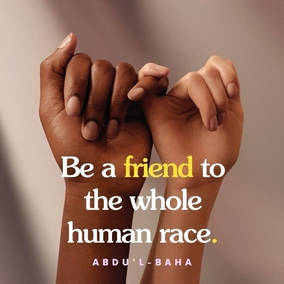
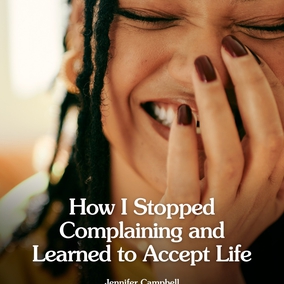
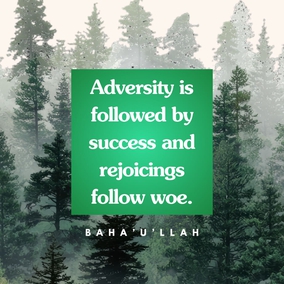
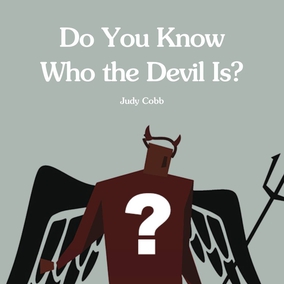
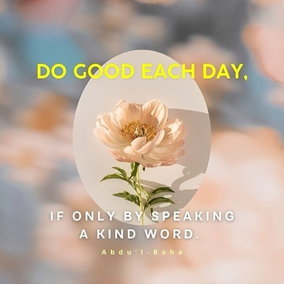

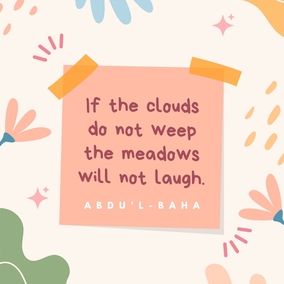
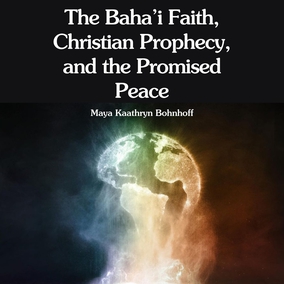

Comments
Sign in or create an account
Continue with Googleor